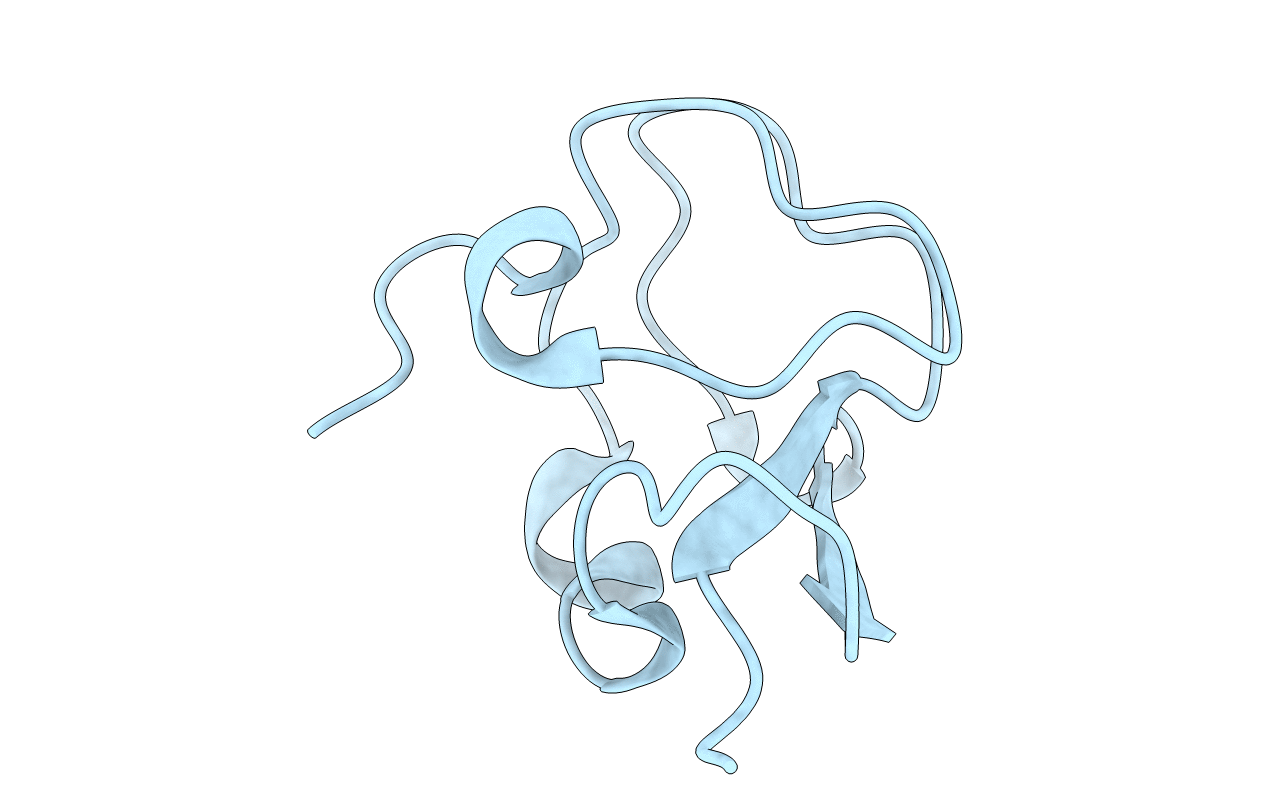
Deposition Date
2003-04-21
Release Date
2003-05-06
Last Version Date
2024-04-03
Entry Detail
PDB ID:
1UCS
Keywords:
Title:
Type III Antifreeze Protein RD1 from an Antarctic Eel Pout
Biological Source:
Source Organism:
Lycodichthys dearborni (Taxon ID: 8201)
Method Details:
Experimental Method:
Resolution:
0.62 Å
R-Value Free:
0.15
R-Value Work:
0.13
R-Value Observed:
0.13
Space Group:
P 21 21 21


